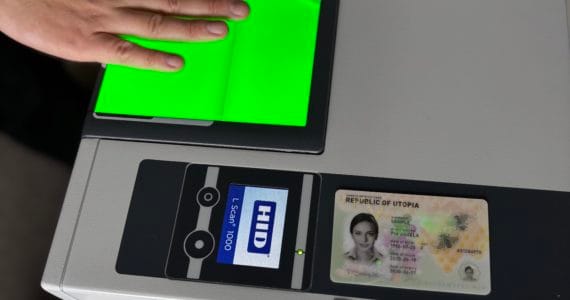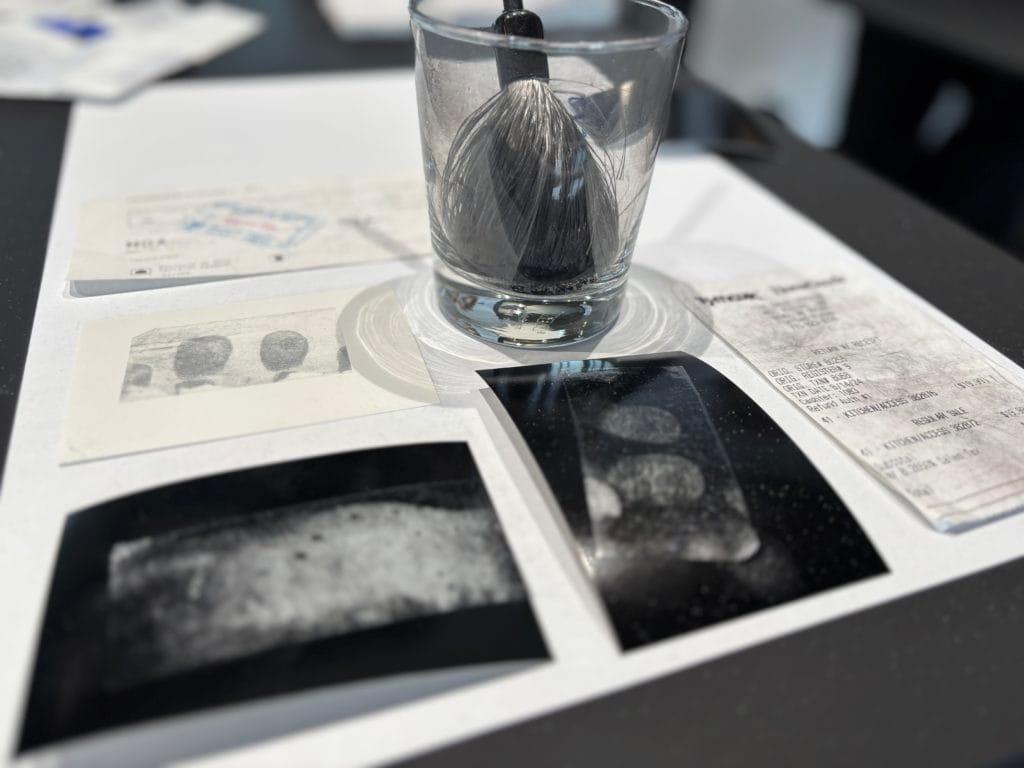

Innovatrics Teams Up with HID to Raise the Bar for Fingerprint and Palm Identification for Law Enforcement
Innovatrics has joined forces with HID®, integrating HID L Scan™ Tenprint and Palm Scanners (L Scan 1000) into ...
Read moreThe Polícia Civil do Distrito Federal (PCDF) has become a national leader in solving violent crimes, by using cutting-edge forensic technologies like Automatic Biometric Identification Systems (ABIS) to achieve some of the highest case resolution rates in Brazil.
With over 1,700 bodies examined each year at the Medical Examiner’s Office in Brasília, the department boasts an impressive 99% positive identification rate using fingerprint analysis. Their success hinges on not just expertise, but the integration of modern biometric technologies, including fingerprints, facial recognition, and advanced latent print analysis — tools that help close old cases and prevent new ones from stalling.
In 2023, for example, PCDF detectives solved the gruesome Itapuã family murder case. Despite the killers’ attempt to speed up decomposition by using lime, the PCDF was able to identify the victims using advanced fingerprint matching. The use of latent fingerprint technology helped identify the culprits, who were eventually convicted, preventing the case from becoming another cold case in the backlog.
Fingerprint analysis remains one of the most reliable tools for identifying victims and suspects. Forensic experts like Renata, a fingerprint examiner at PCDF, play a crucial role in ensuring that each body is positively identified. In the Itapuã murder case, she and her team faced a particularly difficult challenge due to the decomposition efforts, but with the right technology, they were able to provide the judiciary with solid evidence that led to a conviction.
Beyond victims, fingerprints collected at crime scenes, such as from glasses or bottles, are critical in linking suspects to crimes. Sílvio, a forensic examiner, explains how PCDF also uses chemical processes like cyanoacrylate fuming to reveal latent prints, which are then compared with database records, helping quickly identify suspects and uncover new leads.


Surveillance footage is invaluable, but the quality isn’t always ideal. PCDF employs AI-assisted facial recognition to analyze facial features such as the eyes, nose, jawlines, and ears to narrow down potential suspects. Even with unclear or blurry footage, these systems allow examiners to get reliable results, reducing the time spent manually comparing images. For example, Vitor, a digital portrait expert, uses composite sketching software to reconstruct a suspect’s face from witness memories, further enhancing the accuracy of investigations. Additionally, age-progression software is employed in cases involving missing children, where even a few years can drastically alter their appearance.
As with any major criminal investigation, it’s about assembling all the puzzle pieces. Once biometric data such as fingerprints and facial recognition matches have been processed, the pieces are handed to case officers who take the necessary actions. Thanks to biometric technologies, these officers are provided with fast, accurate leads, allowing them to focus on what really matters: solving the case and ensuring justice for the victims.
For the PCDF, this seamless integration of biometric systems and advanced forensic technologies has become the backbone of their investigative process. By automating tasks such as latent fingerprint matching and facial recognition analysis, the department can process a large number of cases more quickly and effectively than ever before, all while maintaining high standards of privacy and compliance.